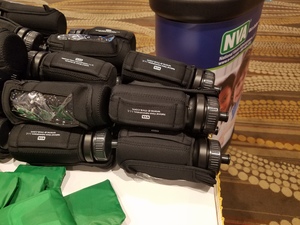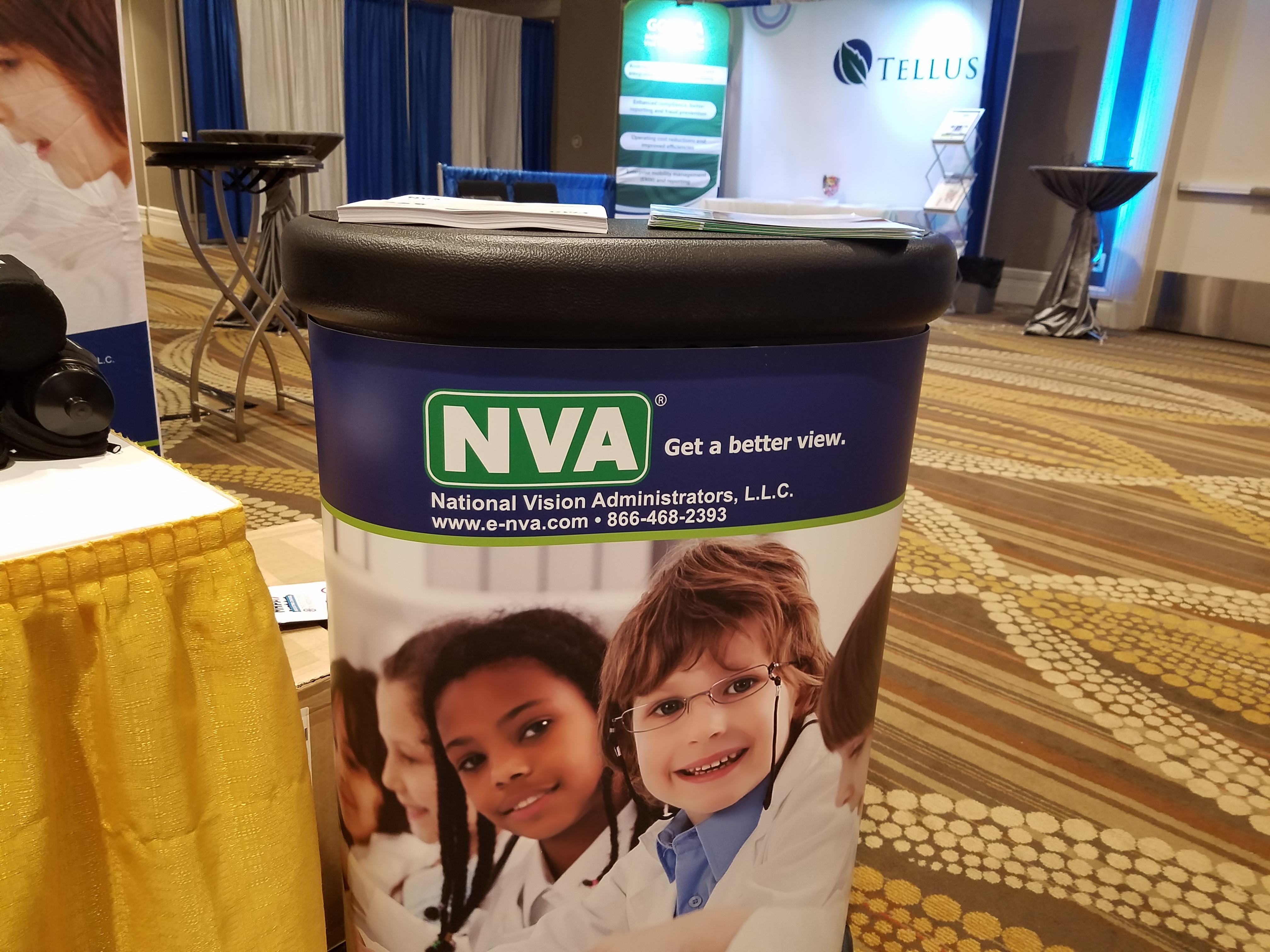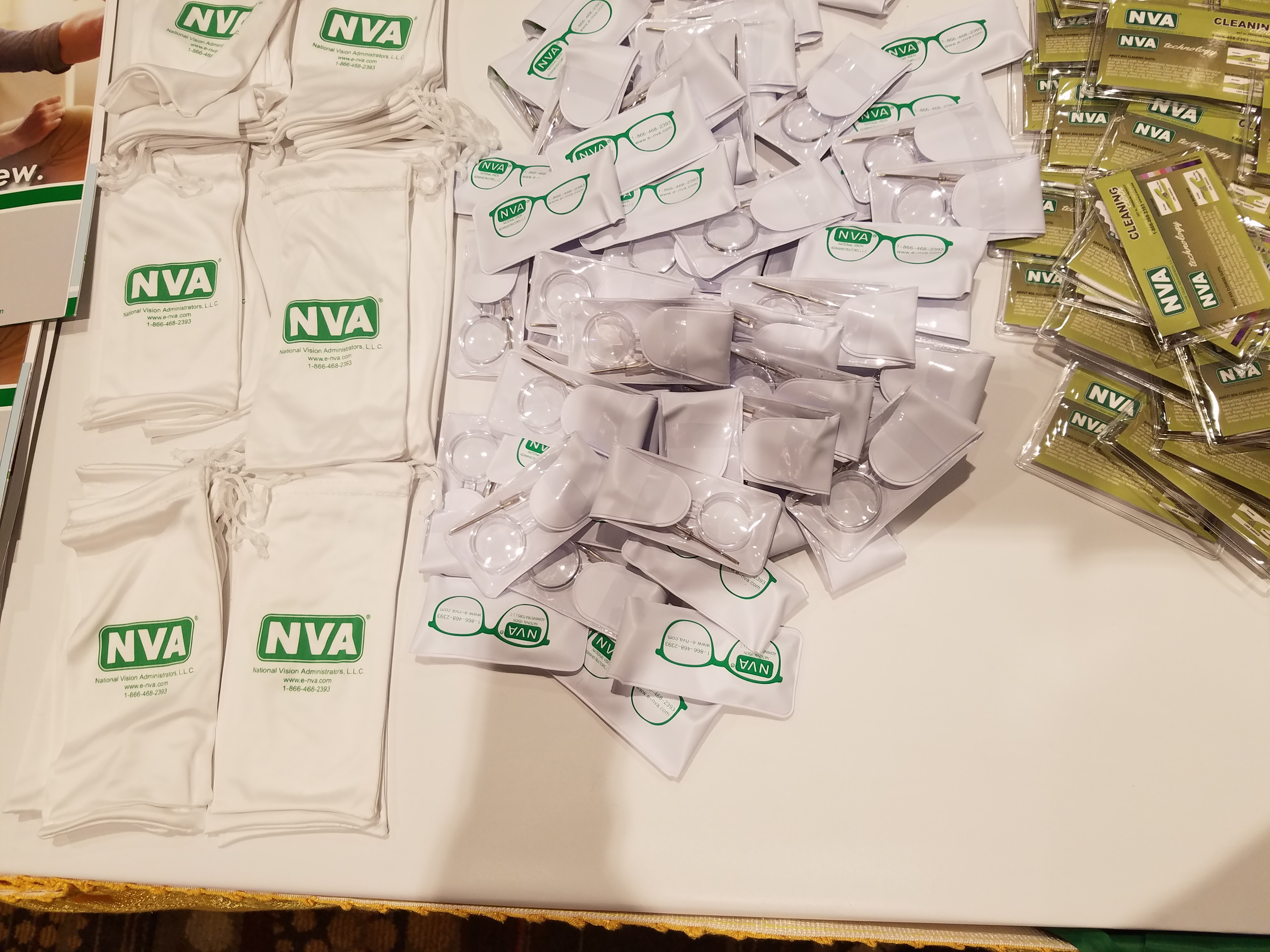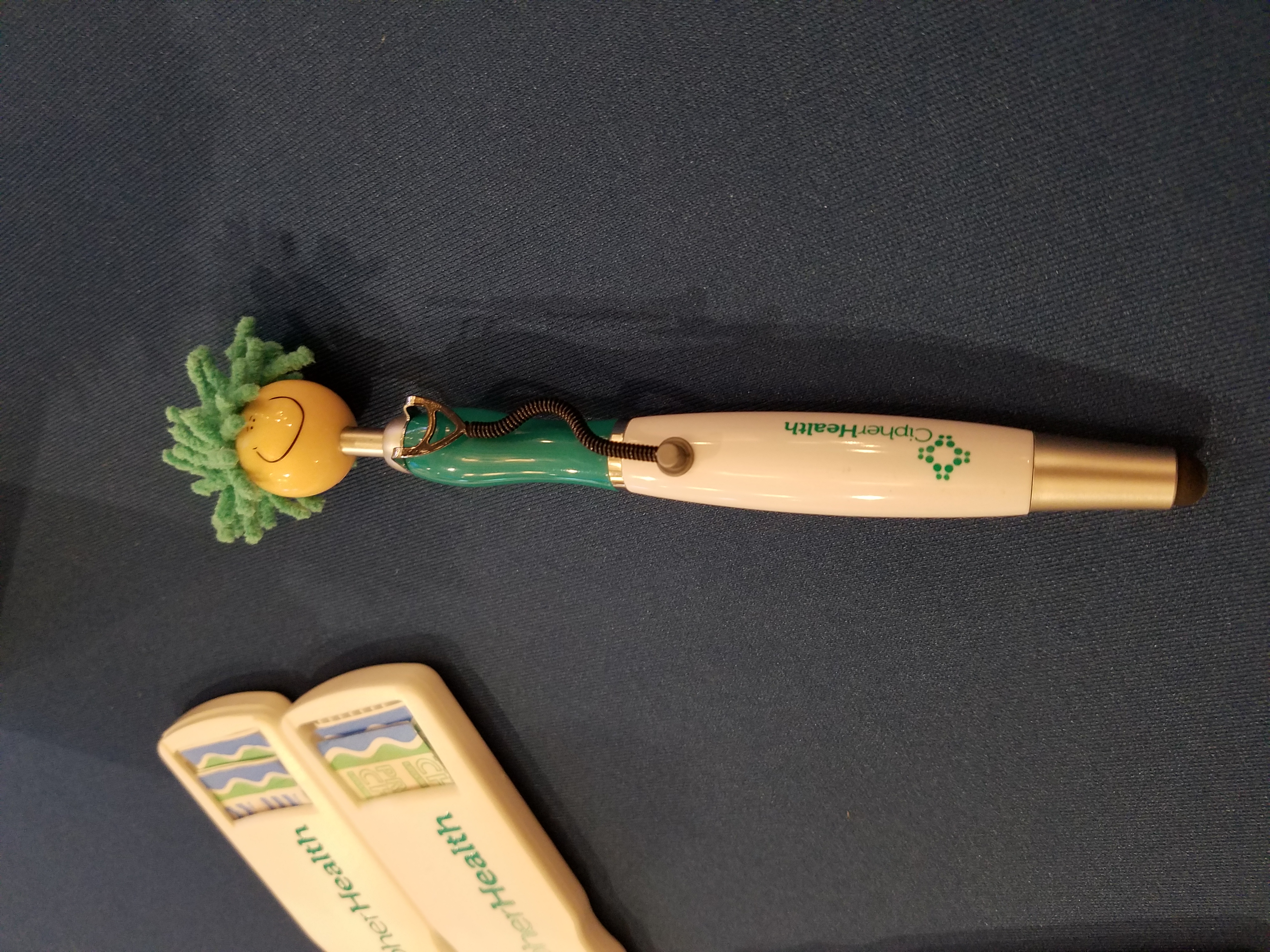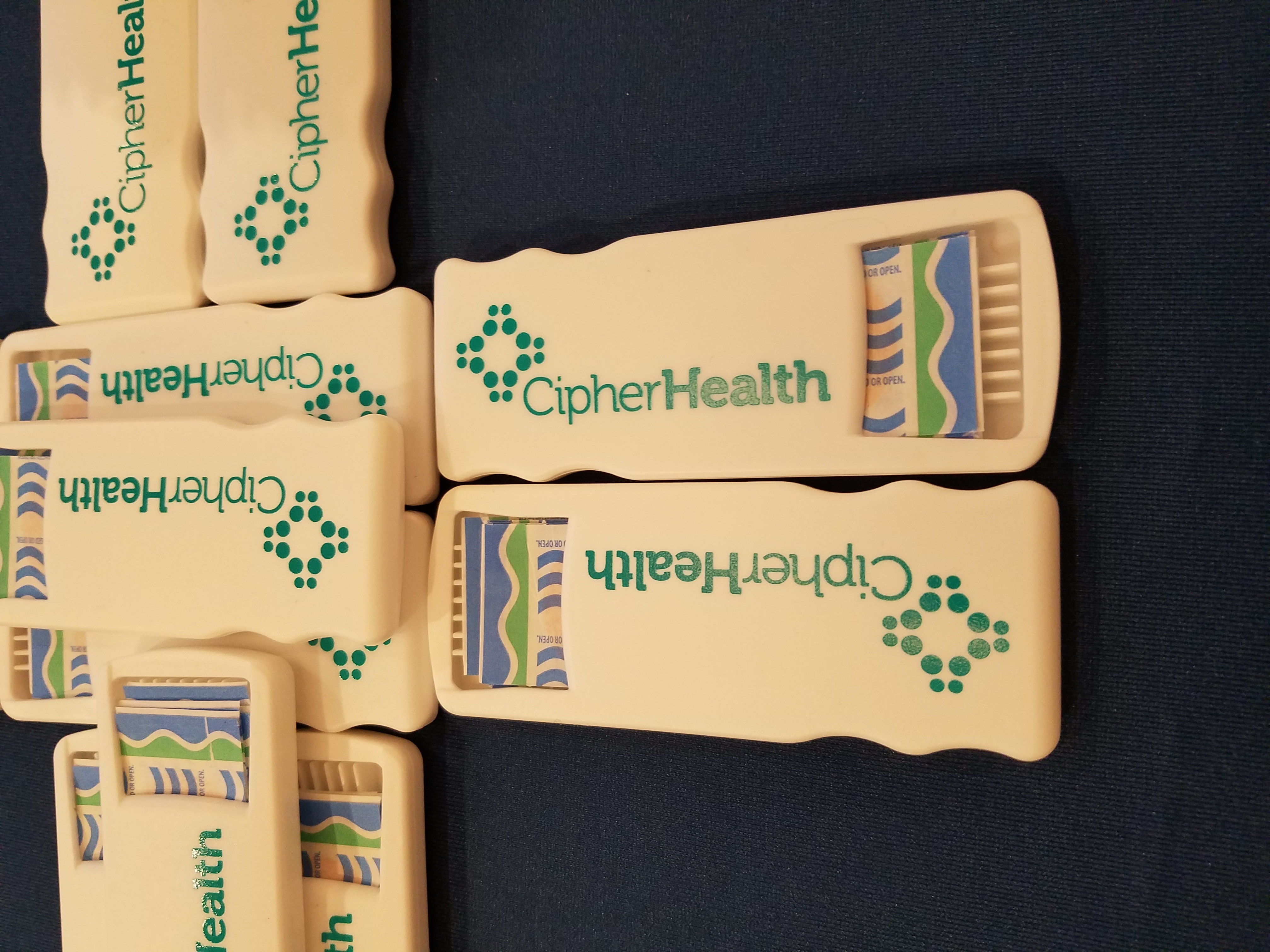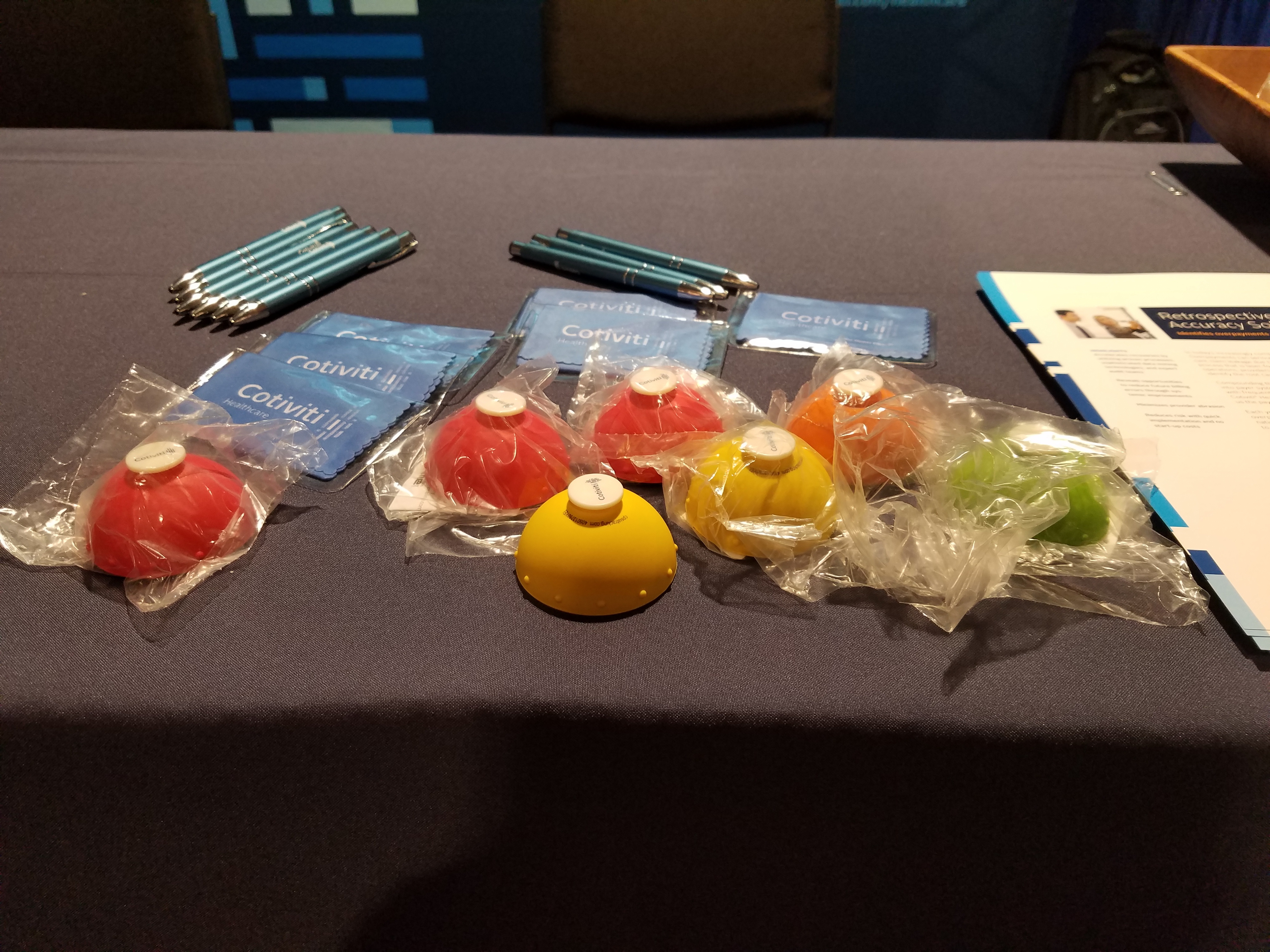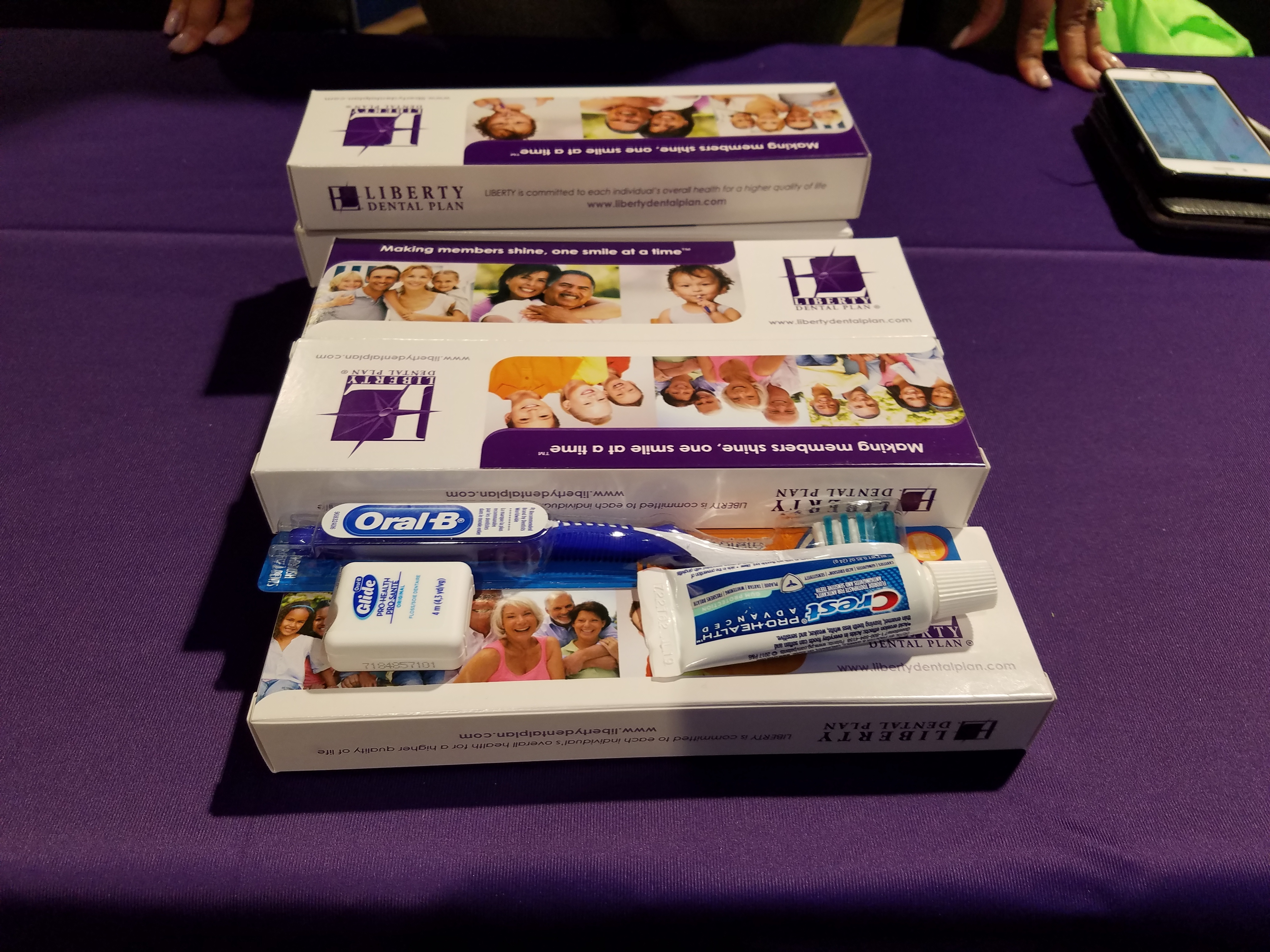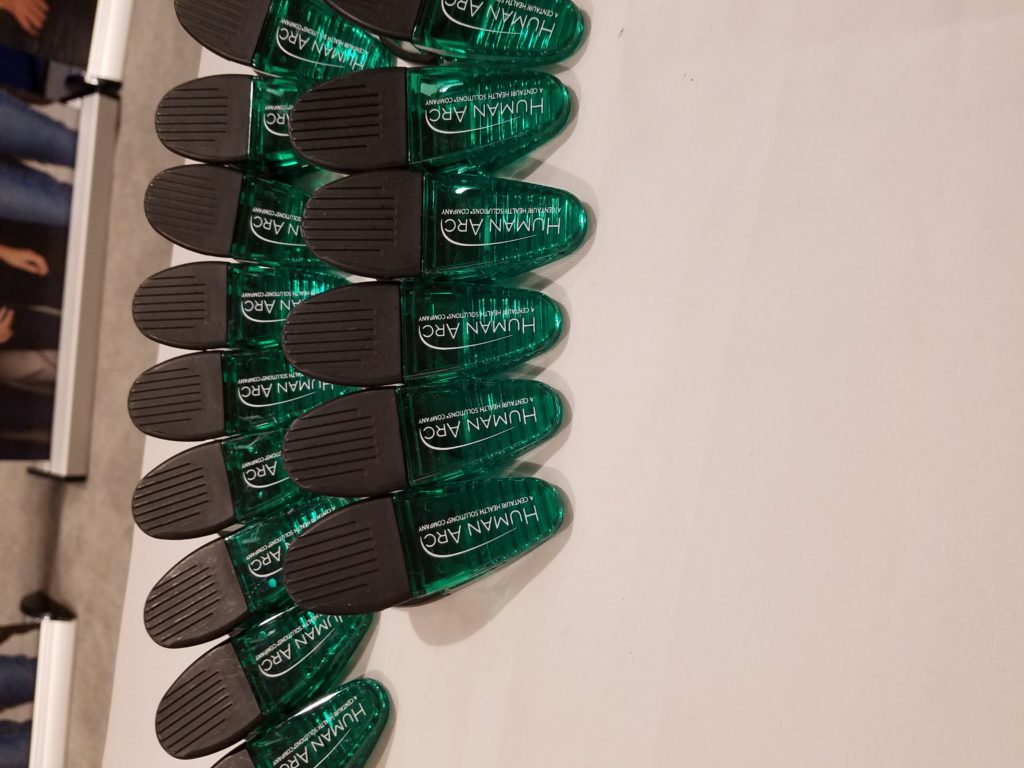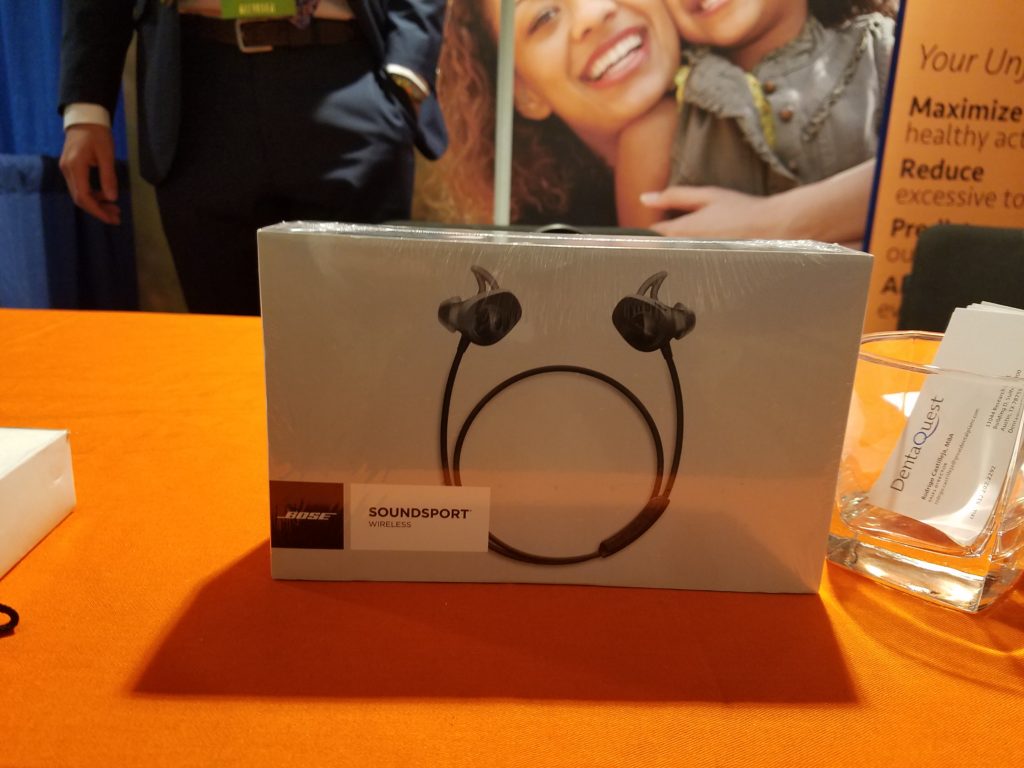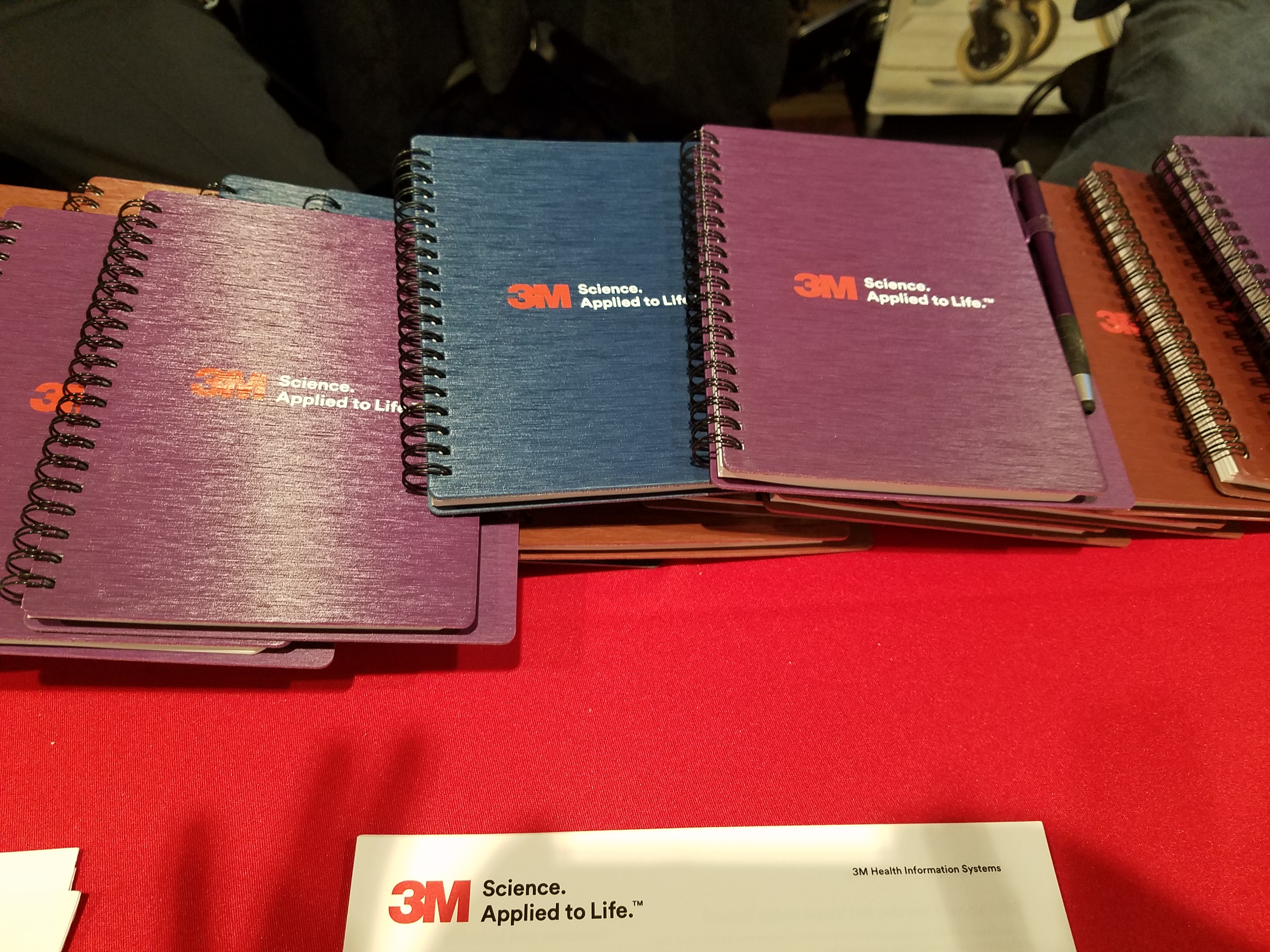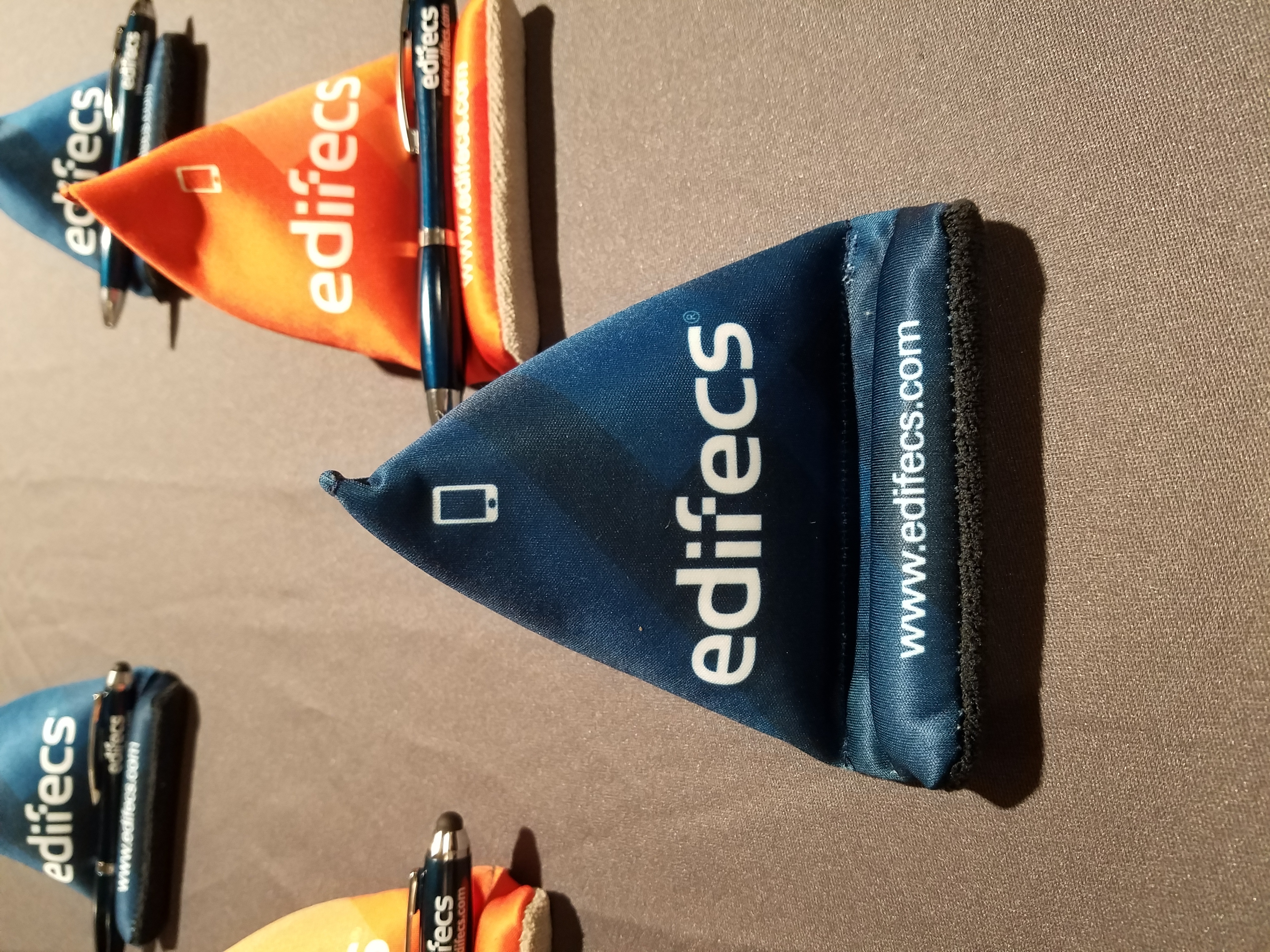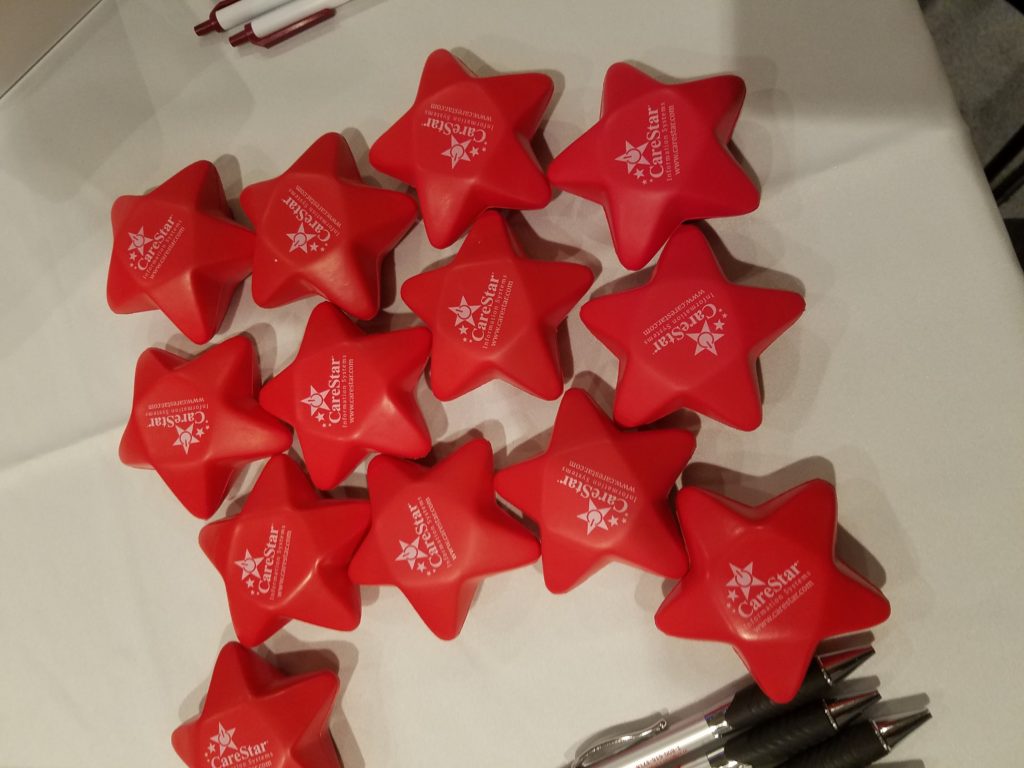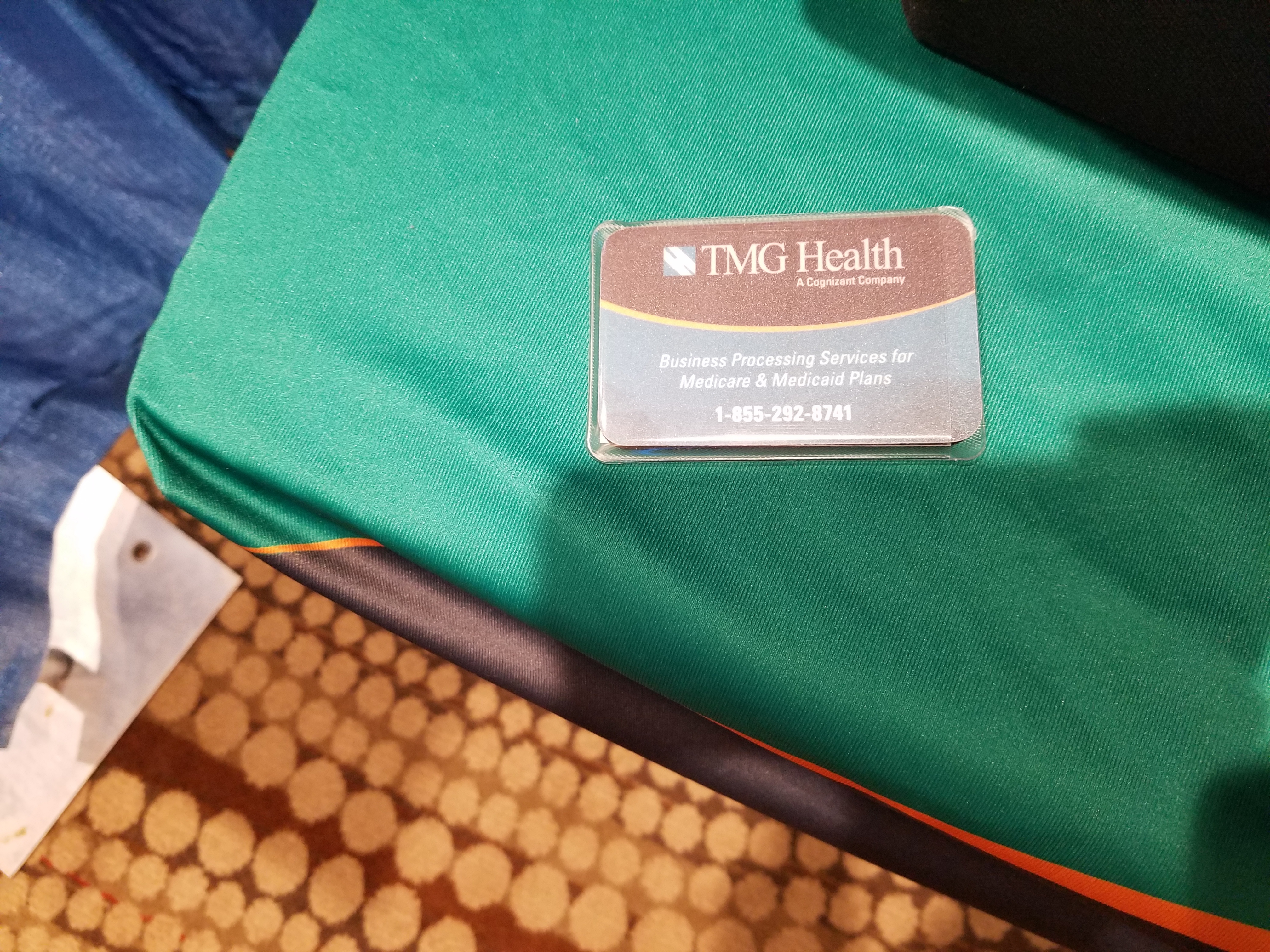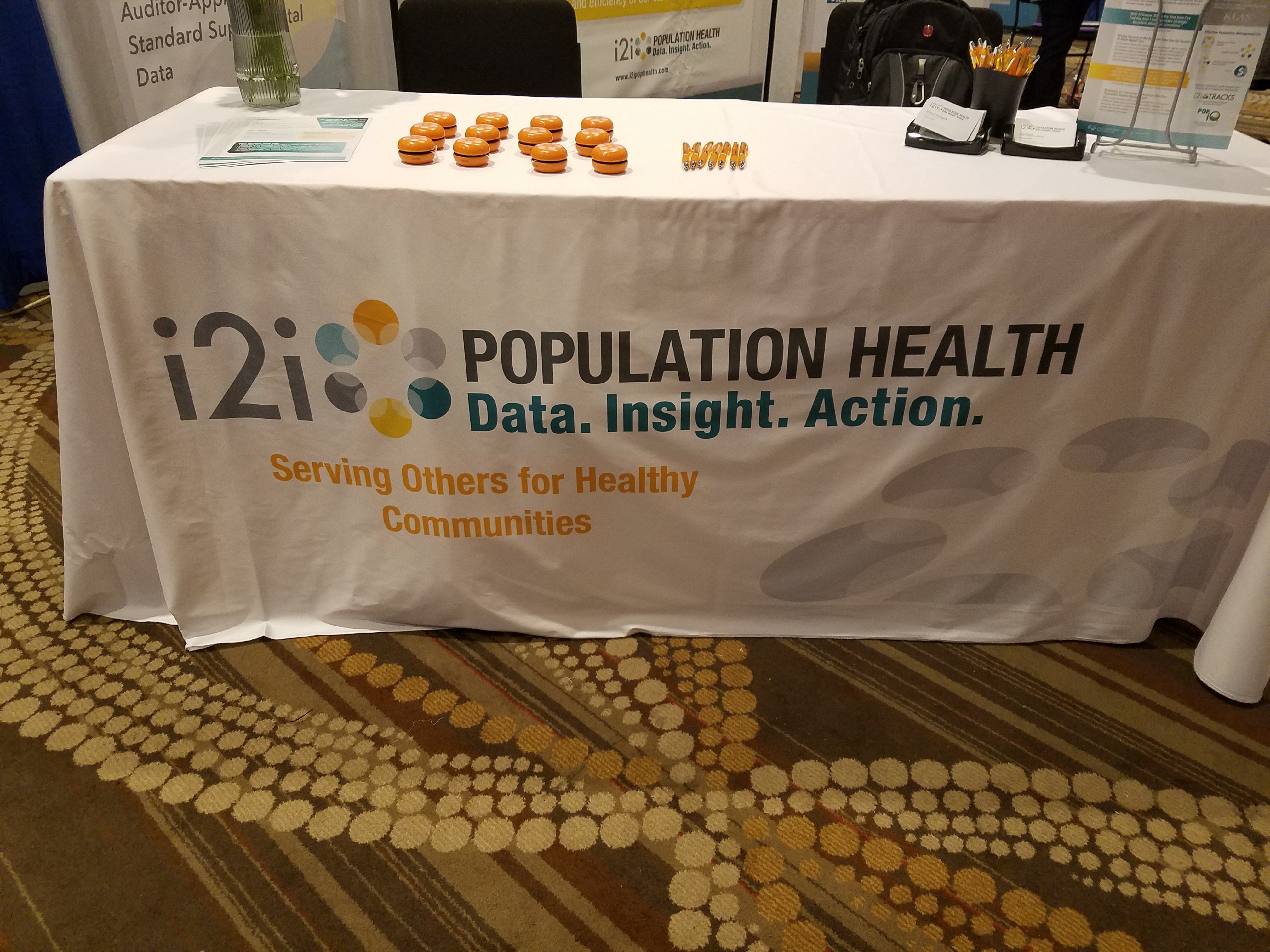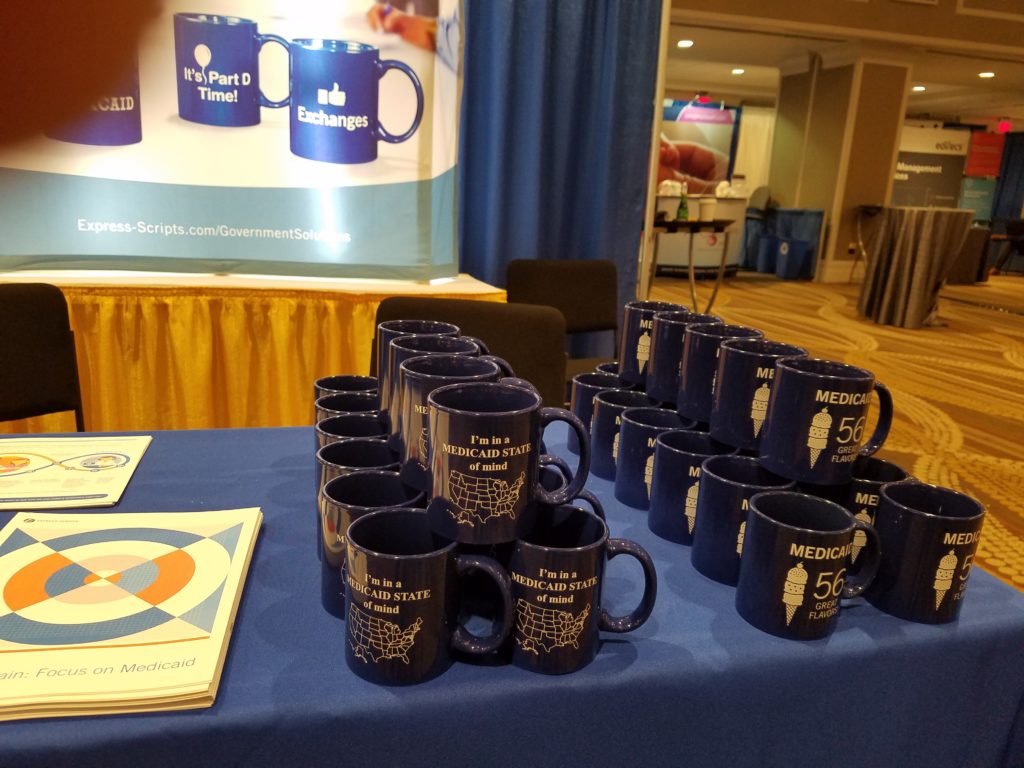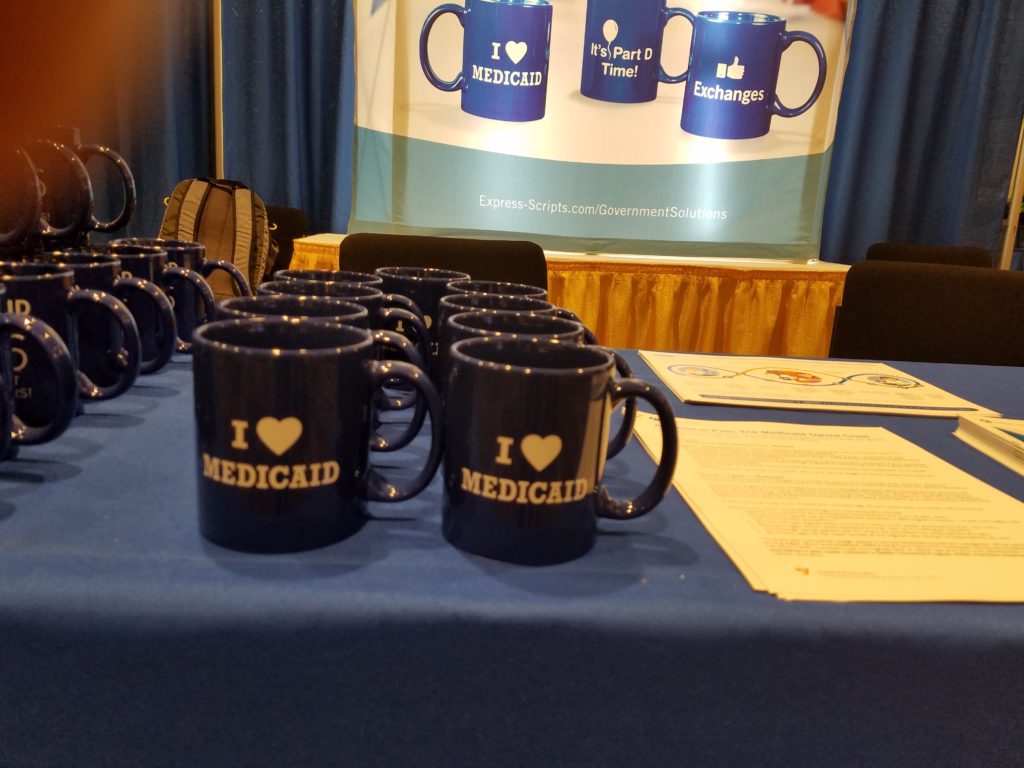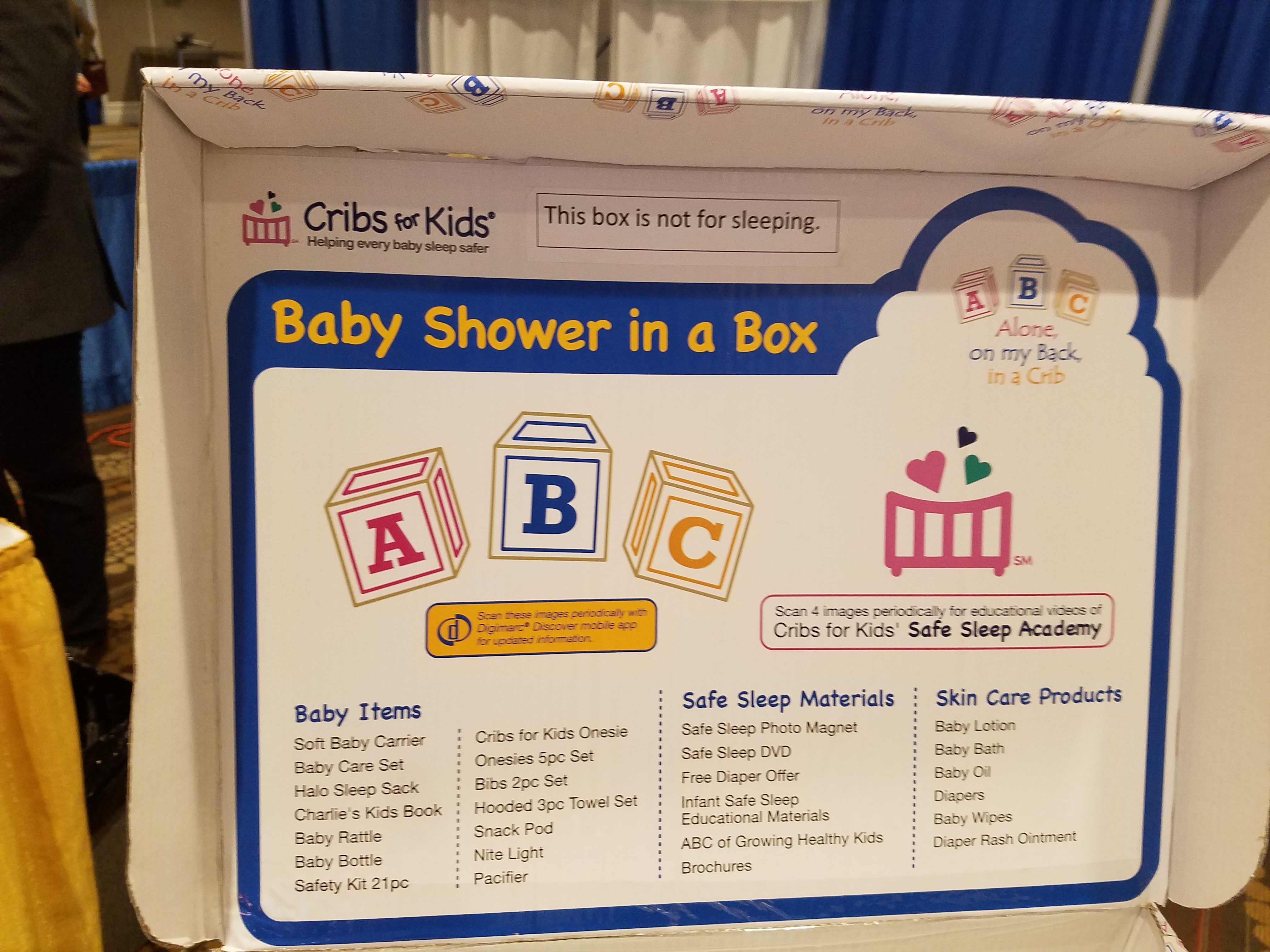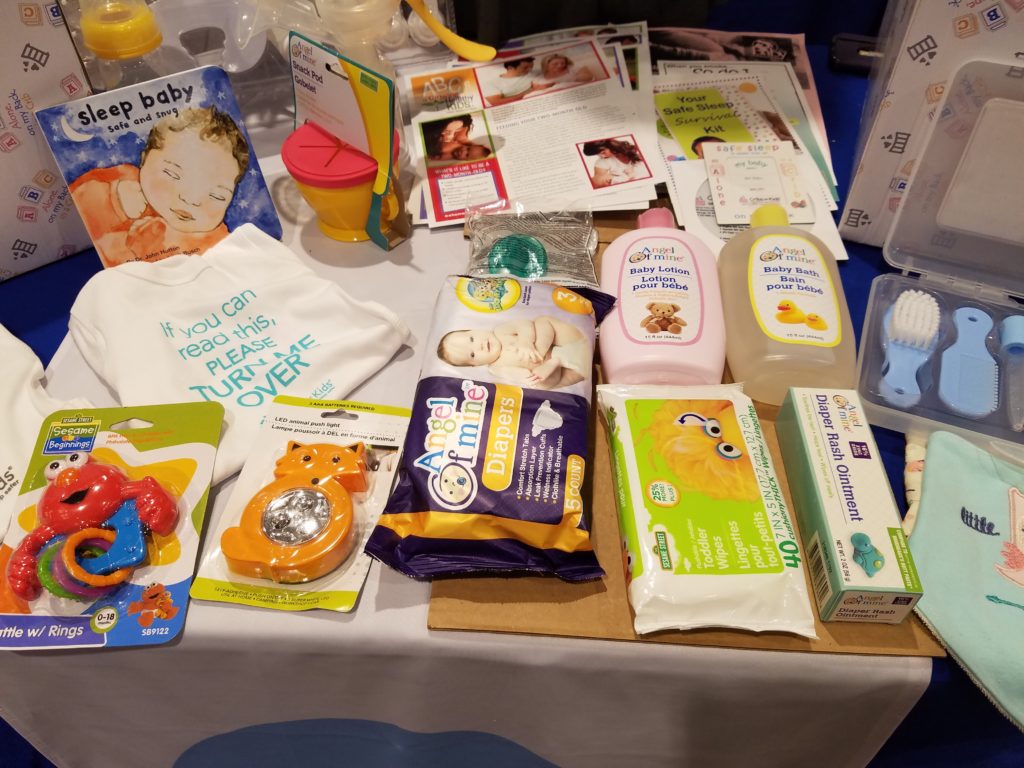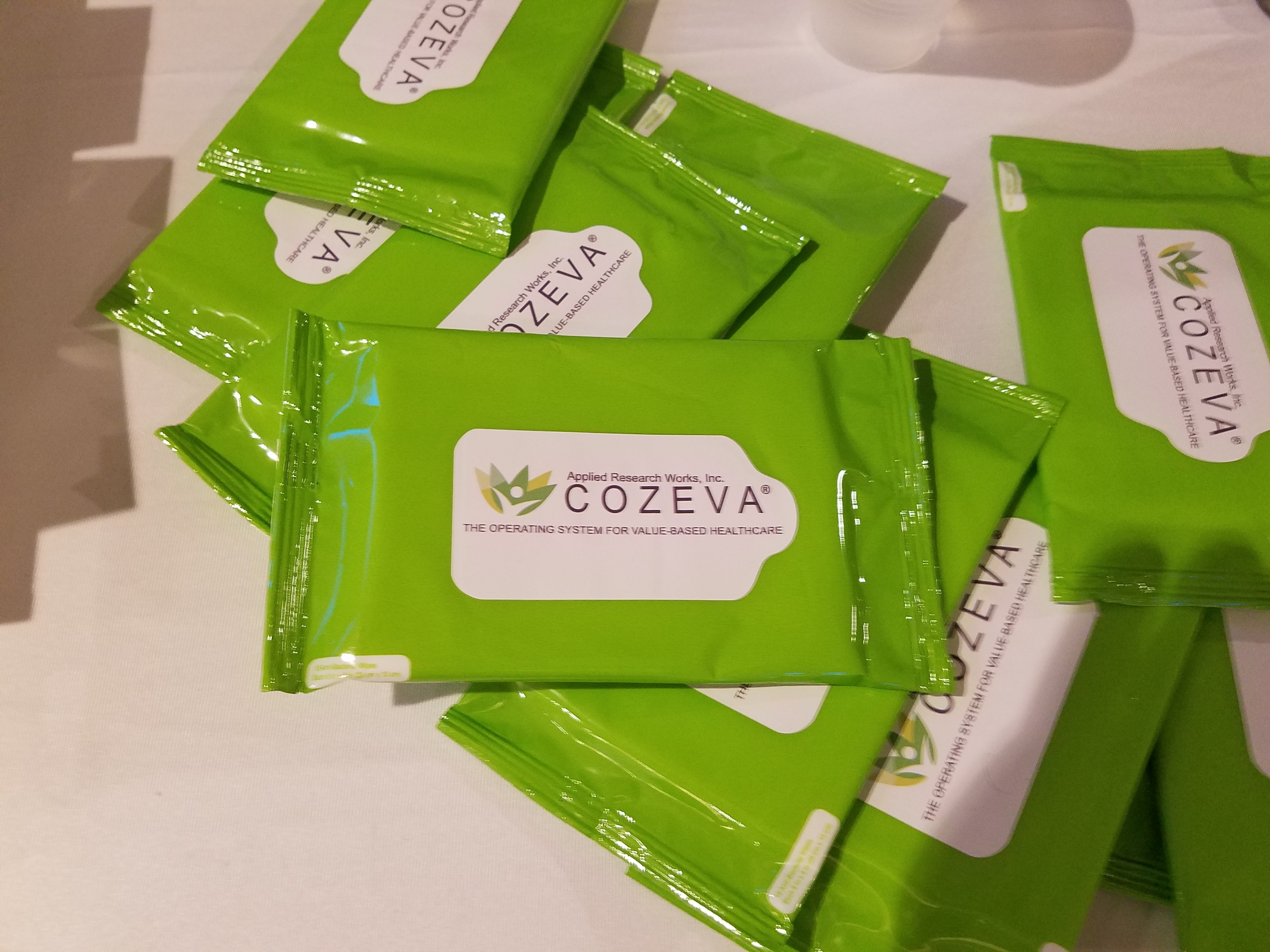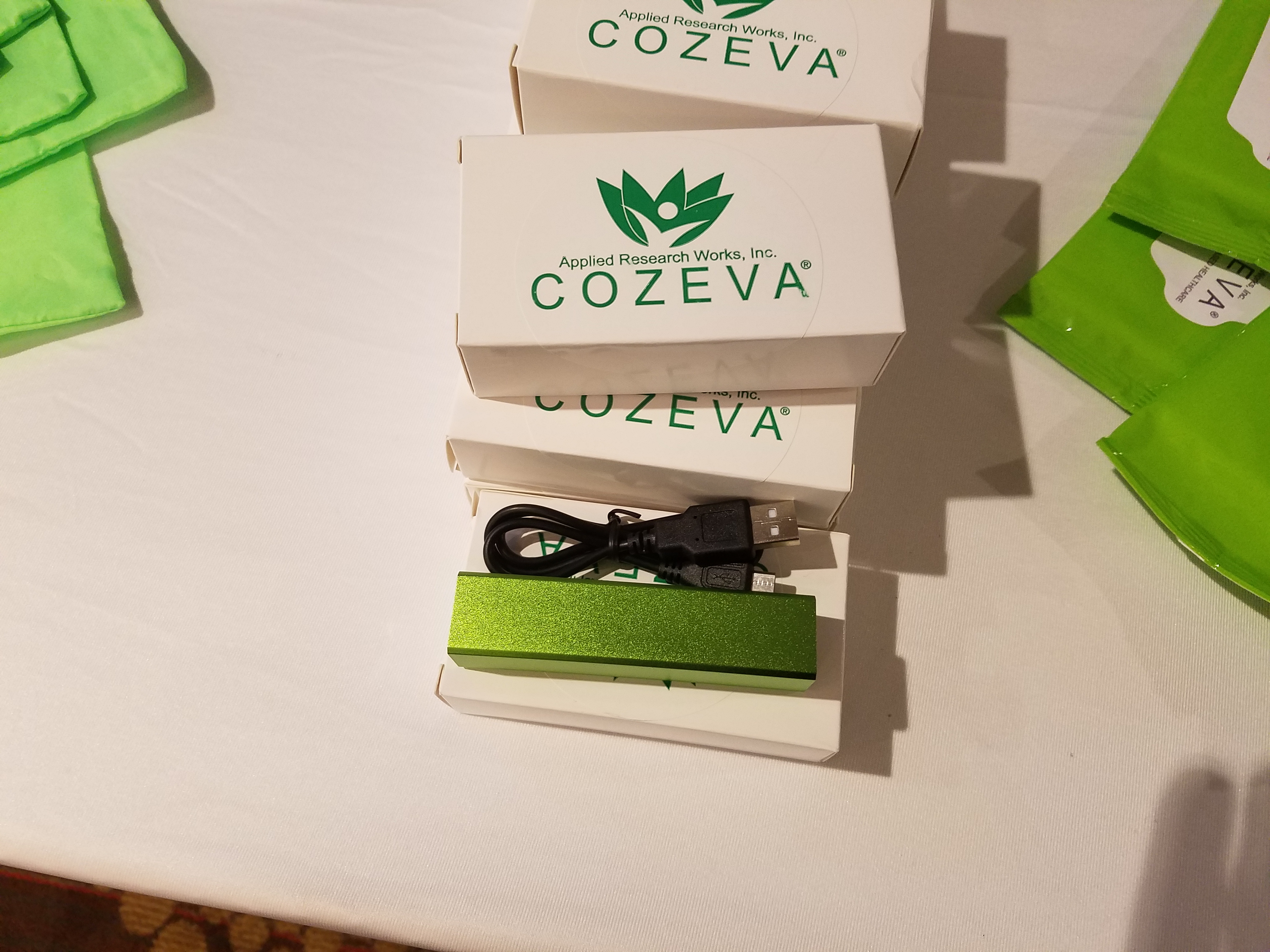
Helping you consider differing viewpoints. Before it’s illegal.
Article 1:
Trump Administration cools on Mississippi Medicaid work requirements, Larrison Campbell, May 10, 2018
Clay’s summary: CMS is giving mixed messages. Must be related to Stormy Daniels somehow. Get me Anderson Cooper on the line so we can sort this out.
Key Passage from the Article
For months, Mississippi’s application for a program that would require certain Medicaid recipients to work has been considered a lock by supporters and opponents of the program.
But last week the Trump Administration walked back support for the waivers in states like Mississippi that have opted out of Medicaid expansion, placing a question mark over a controversial program that has the strong support of Gov. Phil Bryant.
Last week Seema Verma, administrator for the federal Centers for Medicare and Medicaid Services, warned non-expansion states that their waiver applications would need to include a plan to avoid the “subsidy cliff,” in which a person earns too much to keep their Medicaid coverage and too little to qualify for a tax credit on the insurance exchange. Like many conservatives, Verma had long endorsed Medicaid work requirements, saying they “promote community engagement.” But last week’s comments echoed critics of the waiver program who have argued that work requirements could force more than 20,000 Mississippians out of the Medicaid program.
…
Article 2:
WISCONSIN FACES DRASTIC MEDICAID FUNDING SHORTFALL FROM CENSUS UNDERCOUNTING, Milwaukee Independent, May 14, 2018
Clay’s summary: Wisconsin census numbers are down, and this leads to lower Medicaid cash (basically via parts of the FMAP formula that use per-cap income.. if your “cap” count is off, will look like avg income is higher). Study authors say letting counties and local governments do the counting lead to errors.
Key Passage from the Article
If you are still scratching your head about what the census count has to do with Medicaid reimbursement rates, bear with me. Per capita income is calculated using two separate pieces of data; a measure of total person income in each state is divided by an unrelated census count of each state’s population. As a result, a census undercount has the effect of increasing the official estimate of a state’s per capita income, and in most states that boost to estimated per capita income means that federal cost-sharing will fall for Medicaid and several related programs. (That isn’t true in 13 higher income states, such as Minnesota, because they receive the minimum 50% level of federal cost-sharing.)
There are many things that state and local governments can do to prepare for the 2020 decennial census and to minimize the number of their residents who aren’t counted. For starters, state or local officials should be verifying the Census Bureau’s residential address list, so the Census Bureau can correct errors and omissions. Most states are working hard to do just that. New Mexico is digitally scanning the census address lists and comparing those with data like state construction records. Then it works with local governments to help document the validity of omitted addresses.
Unfortunately, Wisconsin appears to be one of a small number of states that have decided to leave to counties and tribes the responsibility for reviewing and filling in the address lists. What makes that even more worrisome is that there are about a dozen Wisconsin counties that are not checking the addresses, as shown in this map from the Census Bureau.
Article 3:
Clay’s summary: Ruh-roh.
Key Passage from the Article
During a hearing on the HHS budget, Kennedy said many Medicaid beneficiaries who aren’t working “would like to know the dignity of work” noting he would like to see HHS work with Congress to put together a program that would institute a mandatory requirement that Medicaid beneficiaries work 20 hours a week. “I appreciate that [the Centers for Medicare and Medicaid Services] is willing to grant waivers, but why don’t we take the next step?” Kennedy said, adding separately that “it’s not going to be optional for governors.” The Trump administration has been encouraging states to apply for waivers that would allow them to institute work requirements on Medicaid recipients — a policy that was denied by the Obama administration.
Kennedy though, said he wants to focus on finding people jobs, not punishing them for being unemployed.
“We don’t want to throw people out in the cold, but we want to help them understand the dignity of work,” Kennedy said. “Let’s put together an aggressive program that’s not optional for the states … not to throw people out in the cold, but to say ‘you can keep your benefits, but let us help you get a job.’ ”


